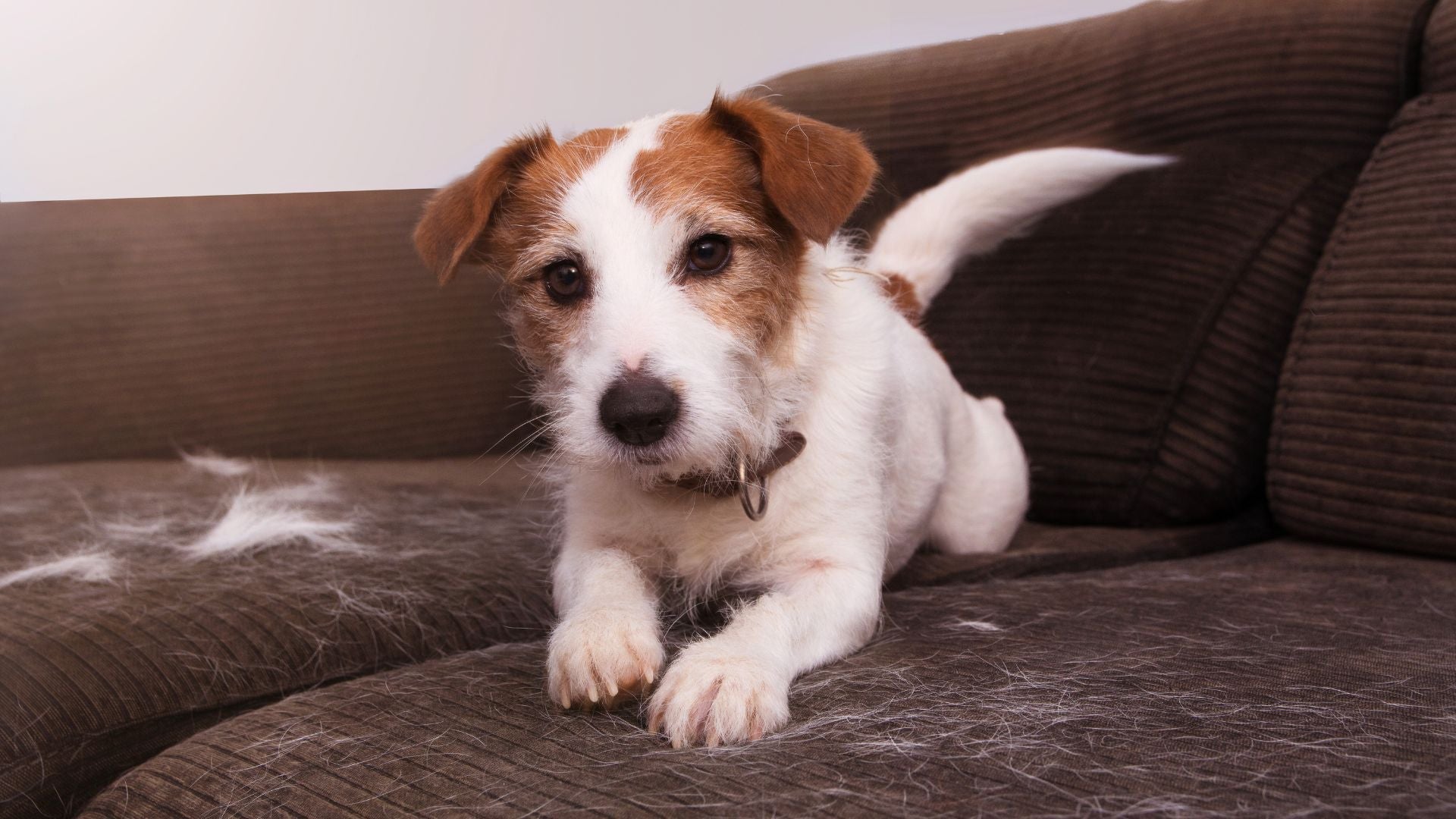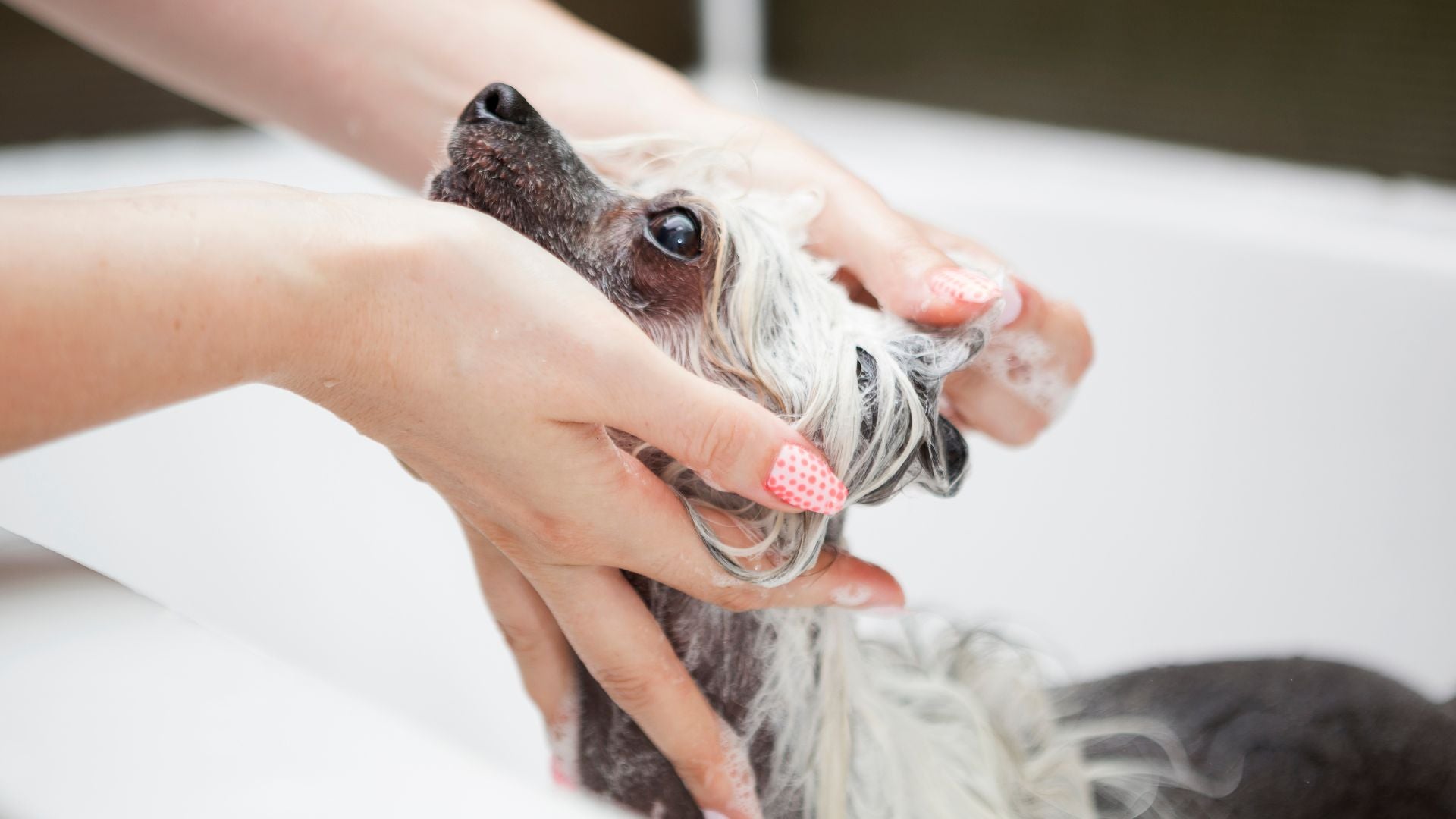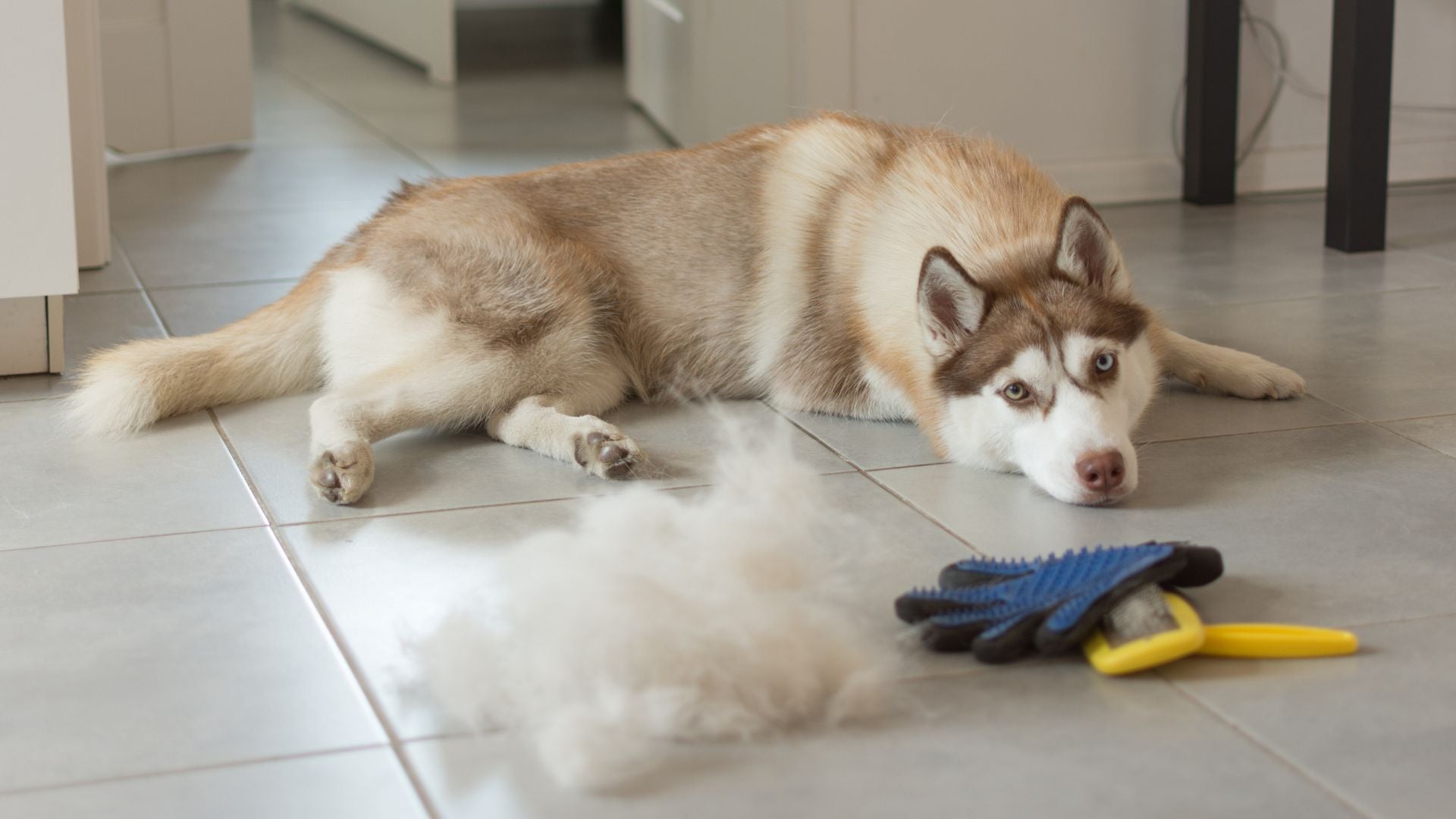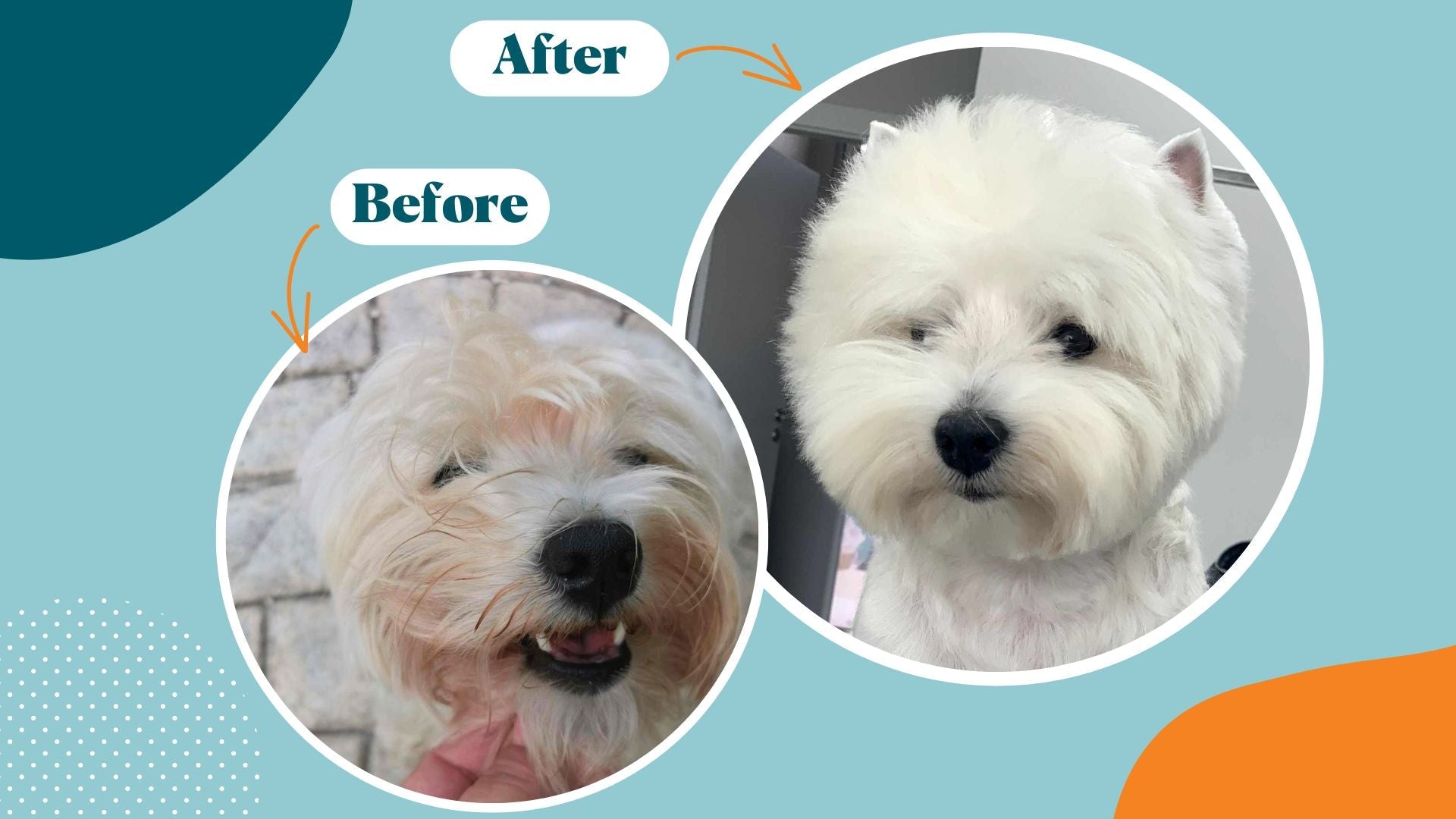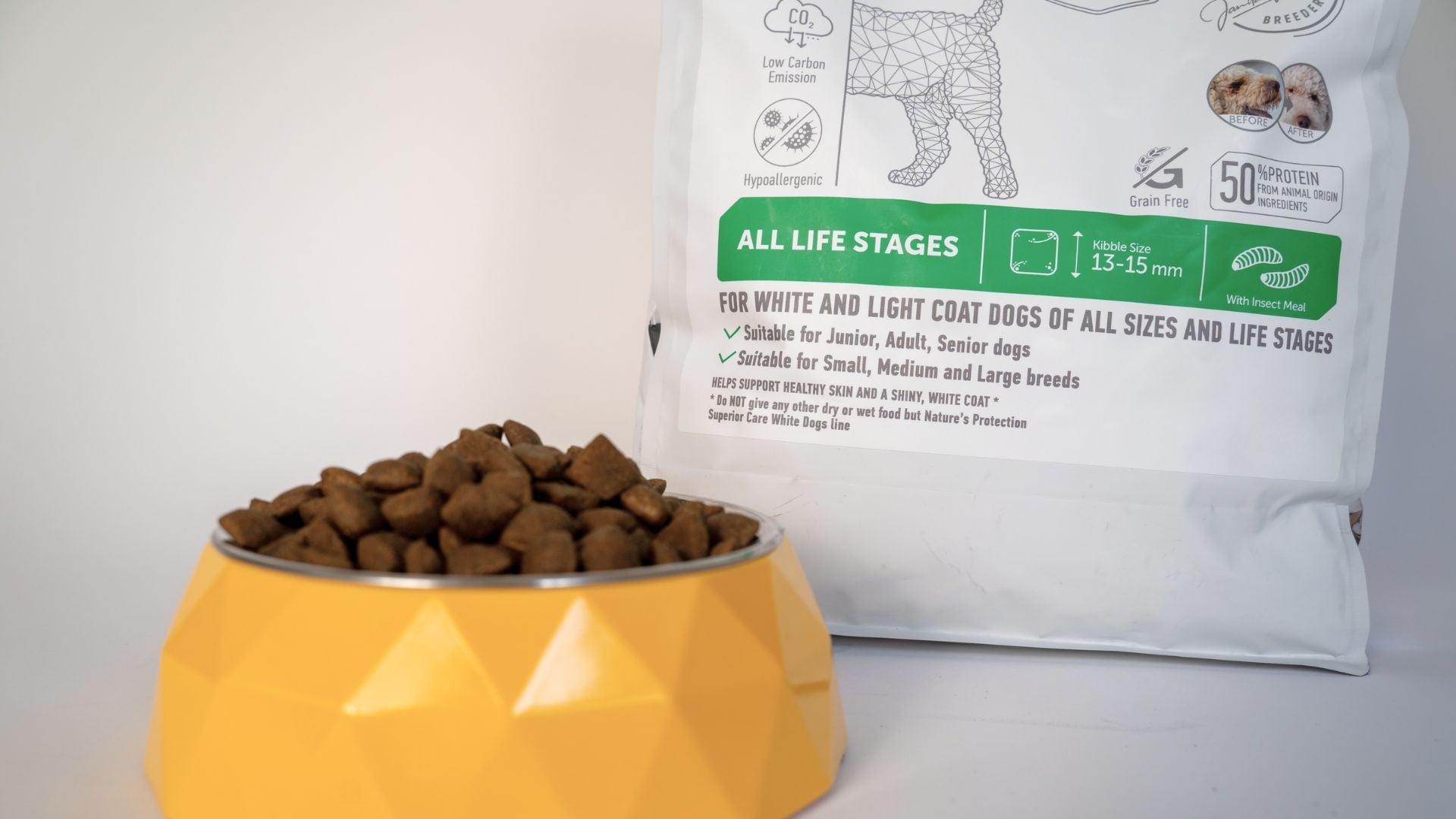As a devoted dog breeder with nearly four decades of experience, I've shared my life with dogs, gaining invaluable insights into their unique needs. This deep understanding has driven me to create purposeful pet products designed to address specific issues. Among these concerns, the problem of cracked paw pads, especially during winter, stands out. In this blog, we'll delve into the essential aspects of dog paw care, offering insights and solutions to ensure your furry companion's paws stay healthy and happy even in the coldest months.
Understanding Paw Pad Anatomy
Paw pads are like superhero shoes for your furry friend, with different layers serving special purposes.
- Outer Skin Protection: The top layer, called the epidermis, is like a shield, protecting your dog's paws from things like hot pavements and rough surfaces. Right underneath is the dermis, which has lots of tiny blood vessels and nerves, helping your dog feel things with their paws.
- Fat Pads and Tough Skin: Below the dermis, there are fat pads that keep your dog's paws comfy, like built-in cushions. The skin cells here become tough, like armor, making sure the paws can handle all kinds of adventures.
- Sweat and Scent Magic: Paw pads even have sweat glands to help your dog stay cool, kind of like a natural air conditioner. And there are scent glands too, adding a bit of your dog's special smell to every step.
- Super Powers of Paw Pads: Apart from protection, paw pads help your dog in many ways. They give good grip, like anti-slip shoes, so your dog can walk and run without slipping. The fat pads also keep the paws cozy in different weather. And when your dog jumps around, the paw pads act like shock absorbers, making sure it doesn't hurt their bones.
Causes of Cracked Paw Pads
Your pup's paw pads can sometimes face challenges, leading to cracked paw pads. Let's uncover the mysteries behind these cracks:
- Environmental Enemies: Cracked dog feet can be triggered by harsh surroundings. Hot pavements during summer and freezing cold surfaces in winter can be tough on those delicate paws. Rough terrains or surfaces can also play a role.
- Winter Woes and Salted Streets: In colder months, dogs might encounter salt on the streets, meant to melt ice. However, this salt can be harsh on dogs, contributing to dry paw pads and cracks.
- Lack of Hydration: Just like us, dogs need proper hydration and paw pad moisturization. If your pup isn't getting enough water, it can affect the moisture levels in their paw pads, making them prone to cracks.
- Allergies and Irritants: Allergies or skin conditions can affect paw pads too. Exposure to chemicals or irritants, either from cleaning agents or the environment, might be the culprit. Identifying and minimizing these exposures is key.
- Underlying Health Issues: Sometimes, cracks can be a sign of underlying health issues. If you notice persistent cracking or your dog seems uncomfortable, a visit to the vet might be necessary.
Understanding these factors helps you tackle the root causes of cracked paw pads, ensuring your pup's paws stay as soft as they are supposed to be.

How to Keep Those Paws Perfect
Cracked paw pads are no fun for your furry friend, but fear not – there's a plan to prevent and cure them! Here's how to give your pup's paws the care they deserve:
- Choose the Right Paw Balm: Opt for a natural moisturizing paw balm for dogs, like Tauro Pro Line Paw Balm. Packed with bee wax and natural oils, it acts as a shield, keeping your dog's paw pads moisturized and protected.
- Cleanliness is Key: Regularly clean your dog's paws after walks. Use a super-absorbent towel like Tauro Pro Line rubber towel to ensure they are thoroughly dry. Moist conditions can invite bacteria, so keeping those paws clean is crucial.
- Balanced Nutrition for Skin Health: A well-rounded diet contributes to overall health, including your dog's skin. Ensure your pup gets the right nutrients, and consult your vet for advice on a diet that supports paw pad health.
- Veterinary Wisdom: If your dog's paw pads are persistently cracked or if you notice signs of discomfort, it's time for a vet visit. A professional can provide tailored advice and rule out any underlying health issues.
Remember, a little TLC goes a long way in keeping those paws happy and healthy. So, grab that paw balm, embrace cleanliness, feed well, and consult your vet – because your dog's paws deserve the best care.
Summary
In conclusion, proactive paw care is fundamental for your dog's well-being, especially during the winter months. Armed with a deeper understanding of paw pad anatomy and the potential causes of cracks, you can take steps to ensure your furry friend enjoys healthy and happy paws. By incorporating natural products and maintaining a holistic approach to your dog's care, you'll be well-prepared to tackle winter paw challenges head-on.





